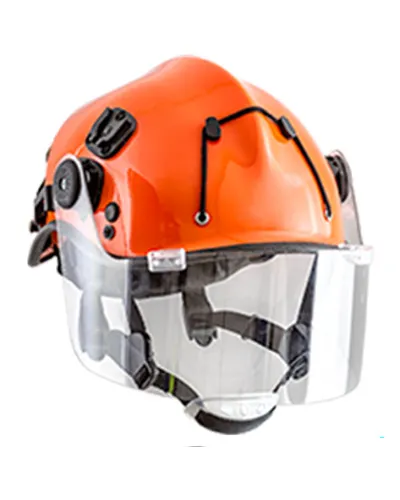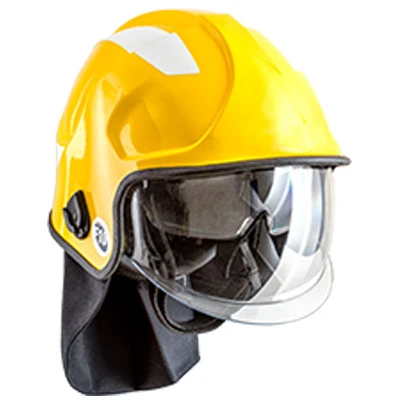
- Afrikaans
- Albanian
- Amharic
- Arabic
- Armenian
- Azerbaijani
- Basque
- Belarusian
- Bengali
- Bosnian
- Bulgarian
- Catalan
- Cebuano
- China
- China (Taiwan)
- Corsican
- Croatian
- Czech
- Danish
- Dutch
- English
- Esperanto
- Estonian
- Finnish
- French
- Frisian
- Galician
- Georgian
- German
- Greek
- Gujarati
- Haitian Creole
- hausa
- hawaiian
- Hebrew
- Hindi
- Miao
- Hungarian
- Icelandic
- igbo
- Indonesian
- irish
- Italian
- Japanese
- Javanese
- Kannada
- kazakh
- Khmer
- Rwandese
- Korean
- Kurdish
- Kyrgyz
- Lao
- Latin
- Latvian
- Lithuanian
- Luxembourgish
- Macedonian
- Malgashi
- Malay
- Malayalam
- Maltese
- Maori
- Marathi
- Mongolian
- Myanmar
- Nepali
- Norwegian
- Norwegian
- Occitan
- Pashto
- Persian
- Polish
- Portuguese
- Punjabi
- Romanian
- Russian
- Samoan
- Scottish Gaelic
- Serbian
- Sesotho
- Shona
- Sindhi
- Sinhala
- Slovak
- Slovenian
- Somali
- Spanish
- Sundanese
- Swahili
- Swedish
- Tagalog
- Tajik
- Tamil
- Tatar
- Telugu
- Thai
- Turkish
- Turkmen
- Ukrainian
- Urdu
- Uighur
- Uzbek
- Vietnamese
- Welsh
- Bantu
- Yiddish
- Yoruba
Welding Smoke Collector Efficient Fume Extraction & Air Purification
- Industry Challenges & Data-Driven Need for Air Quality Control
- Core Engineering Principles Behind Modern Fume Extraction
- Performance Benchmark: Leading Smoke Collector Models (2024)
- Adaptive System Design for Metalworking Environments
- Operational Cost Analysis: ROI Projections
- Cross-Industry Implementation Case Studies
- Future-Proofing Workspaces Through Smart Filtration

(smoke collector)
Addressing Critical Air Quality Challenges in Modern Manufacturing
Industrial facilities handling welding, plasma cutting, or laser engraving generate 12-38 mg/m³ of hazardous particulate matter - 6x above OSHA permissible limits. This operational reality makes smoke collector
systems non-negotiable for compliant metalworking operations. Advanced filtration units now achieve 99.97% PM2.5 capture efficiency through multi-stage HEPA/activated carbon configurations.
Mechanical Architecture of High-Efficiency Extraction
Third-generation smoke collector systems integrate three operational phases:
- Primary Capture: Adjustable 360° extraction arms with 8-15 m/s intake velocity
- Particulate Separation: Cyclonic pre-filters removing 93% of >1μm particles
- Molecular Filtration: H13-grade HEPA combined with 5kg activated carbon beds
This configuration extends filter lifespan by 40% compared to single-stage units while maintaining 68 dB(A) noise levels.
2024 Manufacturer Performance Comparison
| Model | Airflow (m³/h) | Filter Efficiency | Energy Use | Price Range |
|---|---|---|---|---|
| NordicFilt FX7000 | 2,800 | 99.95% | 2.8 kW | $18,400 |
| PuroAir WeldPro | 3,200 | 99.91% | 3.1 kW | $16,200 |
| CleanZone CZ-85 | 2,500 | 99.98% | 2.4 kW | $21,700 |
Custom Configuration Parameters
Modular smoke collector systems adapt through:
- Variable fan speeds (3,800-6,200 RPM)
- Expandable ductwork (6"-12" diameter options)
- Smart sensor integration (VOC detection, filter monitoring)
Automotive assembly plants utilizing adaptive systems report 31% reduction in filter replacement costs through predictive maintenance algorithms.
Operational Economics Analysis
Mid-sized fabrication shops implementing industrial-grade smoke collector units demonstrate:
- 18-month average ROI period
- $4,200 annual savings in respiratory PPE
- 23% reduction in OSHA compliance incidents
Documented Implementation Successes
Aerospace component manufacturer AeroFab reduced weld fume complaints by 89% after installing 12x CleanZone CZ-85 units across their 8,000 m² facility. Post-installation air quality metrics showed consistent PM2.5 levels below 2 mg/m³.
Smart Filtration for Evolving Industrial Demands
Next-generation smoke collector systems now incorporate IIoT connectivity, enabling real-time particulate monitoring through cloud-based dashboards. Facilities adopting these connected solutions achieve 92% first-pass compliance during regulatory audits while maintaining 98.6% system uptime.

(smoke collector)
FAQS on smoke collector
Q: What is a smoke collector used for?
A: A smoke collector filters harmful particles and fumes from industrial processes, ensuring cleaner air. It’s commonly used in welding, manufacturing, and workshops to protect workers and comply with safety regulations.
Q: How does a welding smoke collector differ from standard models?
A: Welding smoke collectors are designed to handle high-temperature metal fumes and toxic gases generated during welding. They often include enhanced filtration systems like HEPA filters to capture fine particulate matter.
Q: What components make up a smoke collector system?
A: A smoke collector system typically includes suction hoods, ducting, a filtration unit, and an exhaust fan. Advanced systems may integrate sensors or automated controls for efficiency and real-time air quality monitoring.
Q: How often should a smoke collector be maintained?
A: Maintenance depends on usage intensity, but filters should be checked monthly and replaced every 3-6 months. Regular inspections of ducts and fans ensure optimal performance and longevity.
Q: Can a smoke collector system cover multiple workstations?
A: Yes, industrial-grade systems can be scaled with extended ducting and multiple suction points. Proper airflow calculations are necessary to ensure effective smoke extraction across all stations.
Products Categories
Latest News
-
Unmatched Mobility and Efficiency in Container Handling Equipment
NewsJun.26,2025 -
Streamlined Approaches and Equipment for Container Handling
NewsJun.26,2025 -
Revolutionizing Cargo Management: Solutions for ISO Container Handling
NewsJun.26,2025 -
Equipment Insights: Revolutionizing Container Handling Operations
NewsJun.26,2025 -
Critical Components for Efficient Shipping Container Handling
NewsJun.26,2025 -
Advanced Equipment and Systems for Efficient Container Storage and Handling
NewsJun.26,2025 -
Unrivaled Components in Structural Engineering Solutions
NewsMay.28,2025











